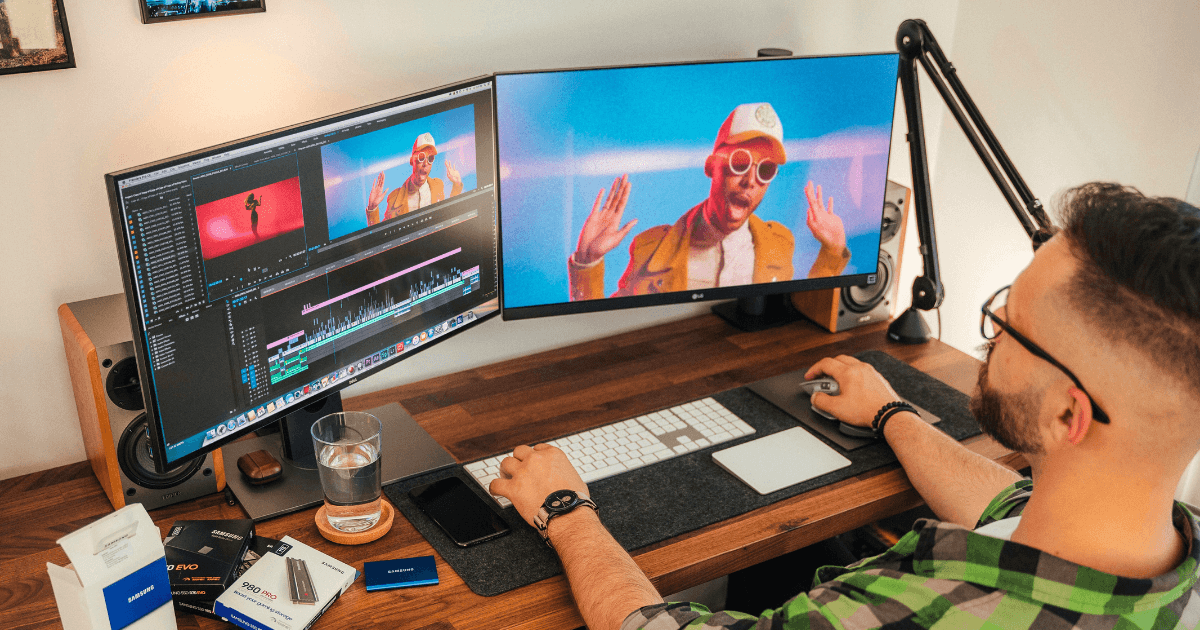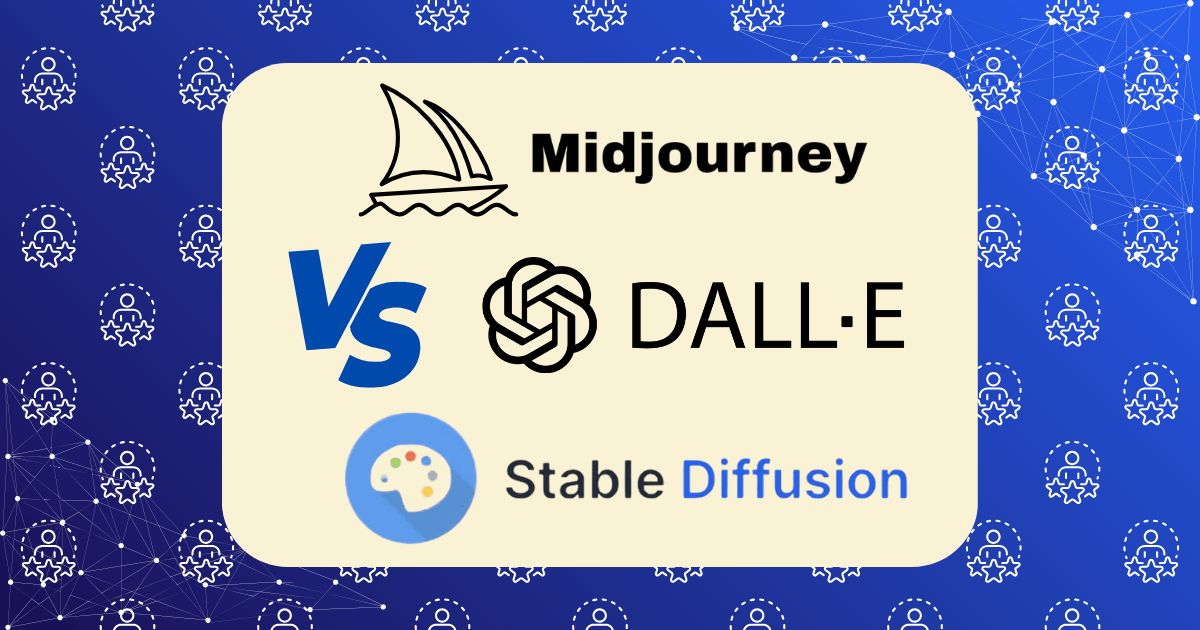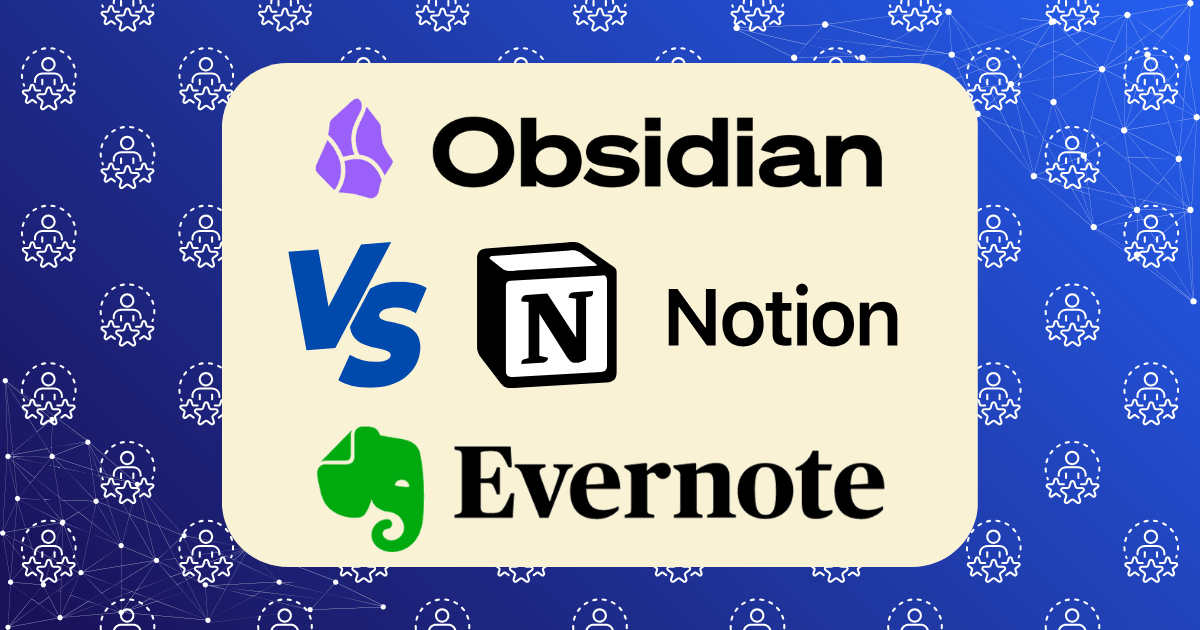Video Editing Shortcuts: How I Cut My Editing Time in Half With These Techniques

When I first started creating video content, I spent an agonizing six hours editing a simple 10-minute video. Fast forward to today, and I can produce the same quality output in under 90 minutes. This dramatic improvement didn’t come from expensive gear or software—it came from systematically optimizing my editing workflow.
In this post, I’m sharing the exact shortcuts, techniques, and systems that allowed me to cut my editing time in half while actually improving the quality of my final videos. Whether you’re editing in Premiere Pro, Final Cut, DaVinci Resolve, or any other platform, these principles will transform your efficiency.
The High Cost of Inefficient Editing
Before diving into specific techniques, let’s understand what’s at stake. Video editing inefficiency creates three major problems:
- Time drain: The average 10-minute YouTube video takes 6-8 hours to edit using inefficient methods
- Creative fatigue: Longer editing sessions lead to diminished creative decision-making
- Reduced output: Slow editing directly limits how much content you can produce
By implementing the techniques in this post, you’ll reclaim hours of your life while producing better content more consistently.
Part 1: Pre-Editing Preparation That Saves Hours
The most impactful time-saving techniques actually happen before you open your editing software.
1. Script-Based Recording
The single biggest time-saver in my workflow was implementing script-based recording. Instead of rambling and then editing out the fluff, I now:
- Write a tight script in advance
- Record directly from the script (using a teleprompter app)
- Mark sections that need re-recording during the shoot
This approach has reduced my raw footage-to-final ratio from 5:1 to about 1.5:1, meaning I have 70% less unnecessary footage to sort through.
Implementation tip: Use the free Teleprompter Mirror app on a tablet positioned directly below your camera lens.
2. Structured Recording Markers
During recording, I use a simple system of visual and audio markers to make editing easier:
- Visual marker: Hold up fingers to indicate take numbers
- Audio marker: Clap once before good takes
- Reset marker: Say “reset” clearly before starting a new section
According to Caleb Wojcik, a professional video editor with over 10 years of experience, “Providing visual or audible notes during filming allows for easier editing later.”
These markers create visual and audio spikes that are instantly recognizable when scrubbing through footage, saving countless minutes of review time.
3. Organized Folder Structure
Before importing any footage, I create a standardized project folder structure:
ProjectName/
├── 01_Raw_Footage/
├── 02_Audio/
├── 03_Graphics/
├── 04_Music/
├── 05_Project_Files/
└── 06_Exports/
This consistent organization eliminates the time wasted searching for assets and ensures nothing gets lost between projects.
Part 2: Essential Keyboard Shortcuts That Transform Efficiency
Keyboard shortcuts are the foundation of efficient editing. Here are the ones that have saved me the most time across different editing platforms:
Universal Shortcuts (Work in Most Editors)
| Action | Premiere Pro | Final Cut | DaVinci Resolve |
| Cut clip | Ctrl+K (⌘+K) | ⌘+B | Ctrl+B (⌘+B) |
| Play/Pause | Spacebar | Spacebar | Spacebar |
| Playback speed (J-K-L) | J (reverse), K (pause), L (play) | J-K-L | J-K-L |
| Zoom in timeline | = | = | = |
| Zoom out timeline | – | – | – |
| Select tool | V | A | A |
| Razor tool | C | B | B |
Adobe Premiere Pro Power Shortcuts
These lesser-known Premiere shortcuts have dramatically improved my editing speed:
| Action | Shortcut | Time Saved |
| Ripple delete | Shift+Delete | ~2 min/video |
| Add edit to all tracks | Shift+Ctrl+D (⇧+⌘+D) | ~5 min/video |
| Extend selected edit to playhead | E | ~3 min/video |
| Ripple trim previous edit to playhead | Q | ~10 min/video |
| Ripple trim next edit to playhead | W | ~10 min/video |
The Q and W shortcuts for ripple trimming are game-changers that many editors don’t know about. As noted in a recent Reddit thread, these two shortcuts alone can “10x your editing speed” for certain types of content.
Final Cut Pro X Efficiency Shortcuts
For Final Cut users, these are the shortcuts that have most dramatically improved my workflow:
| Action | Shortcut | Time Saved |
| Append to storyline | E | ~7 min/video |
| Insert | W | ~5 min/video |
| Connect to primary storyline | Q | ~4 min/video |
| Blade all tracks | ⌘+Shift+B | ~3 min/video |
| Toggle skimming | S | ~2 min/video |
DaVinci Resolve Time-Savers
If you’re using Resolve, these shortcuts will significantly speed up your editing:
| Action | Shortcut | Time Saved |
| Add edit | Ctrl+B (⌘+B) | ~5 min/video |
| Ripple delete | Shift+Delete | ~4 min/video |
| Dynamic trim mode | T | ~6 min/video |
| Match frame | F | ~3 min/video |
| Smart insert | F9 | ~4 min/video |
Implementation tip: Print your most-used shortcuts and keep them visible next to your workstation for the first two weeks until muscle memory kicks in.
Part 3: Workflow Optimization Techniques
Beyond shortcuts, these workflow strategies have transformed my editing efficiency:
1. The “Edit in Passes” Technique
Instead of editing chronologically, I now edit in specific passes:
- Assembly pass: Rough cut of primary footage only
- Trimming pass: Tighten pacing and remove dead space
- B-roll pass: Add supplementary footage
- Graphics pass: Add text, lower thirds, and graphics
- Audio pass: Adjust levels, add music, sound effects
- Color pass: Apply color correction and grading
This approach keeps me focused on one type of task at a time, eliminating the cognitive switching costs that slow down many editors. As Caleb Wojcik notes, “Edit in stages to maintain focus, completing one type of task at a time.”
2. Backward Editing for Interview Content
For interview-based content, I’ve adopted a backward editing approach:
- Start by identifying the final statement/conclusion
- Work backward to find supporting points
- Arrange these key moments first
- Fill in transitions and context afterward
This technique ensures the most impactful content makes the cut and has reduced my interview editing time by approximately 40%.
3. Proxy Workflow for 4K+ Footage
Editing with proxy files has eliminated frustrating playback lag when working with high-resolution footage:
- Create 720p proxy files of all 4K+ footage
- Edit using the lightweight proxies
- Switch back to full resolution for final export
In Premiere Pro, this is now automated through the “Ingest Settings” option. For a 20-minute project with multiple 4K clips, this saves approximately 30-45 minutes of cumulative waiting time.
Part 4: Template-Based Acceleration
Creating and using templates has been revolutionary for my editing efficiency:
1. Project Templates
For each content type I regularly produce, I’ve created a project template that includes:
- Properly configured sequence settings
- Organized bin structure
- Commonly used assets (intro/outro, music, graphics)
- Adjustment layers with standard color grading
Starting with these templates saves 15-20 minutes of setup time per project.
2. Adjustment Layer Presets
Instead of applying the same effects to multiple clips, I use adjustment layers with saved presets for:
- Standard color correction
- Sharpening
- Audio enhancement
- Vignette effects
This approach not only saves time but makes global changes much easier to implement.
3. Text and Graphic Templates
For recurring elements like lower thirds, title cards, and call-to-action screens, I’ve created:
- Essential Graphics templates in Premiere Pro
- Motion Templates in Final Cut Pro
- Fusion Templates in DaVinci Resolve
These allow me to simply update text while maintaining consistent branding across all videos.
Part 5: Hardware and Environment Optimization
The physical setup of your editing environment significantly impacts efficiency:
1. Dual Monitor Configuration
Adding a second monitor increased my editing speed by approximately 20%. My optimal setup:
- Primary monitor: Timeline and preview window
- Secondary monitor: Project media, effects controls, and reference materials
This eliminates constant panel switching and allows for better visual organization.
2. Keyboard and Mouse Optimization
I’ve invested in:
- Editing keyboard: Logitech Craft with customizable dial
- Programmable mouse: Logitech MX Master with custom button mapping
- Macro pad: Stream Deck with 15 custom editing functions
The Stream Deck alone has saved me approximately 30 minutes per video by automating complex multi-step processes into single button presses.
3. Storage and Processing Considerations
Editing from an external hard drive was causing significant delays. Switching to this setup dramatically improved performance:
- System drive: NVMe SSD for OS and applications
- Cache drive: Secondary SSD for scratch disk and cache files
- Project drive: High-speed external SSD (not HDD) for active projects
This configuration has eliminated nearly all waiting time for file operations.
Part 6: AI-Assisted Editing Tools
In 2025, AI tools have become invaluable for accelerating specific editing tasks:
1. Automated Transcription and Caption Generation
Using AI transcription services like Descript or built-in tools in Premiere Pro saves approximately 30-45 minutes per 10-minute video compared to manual transcription.
2. Content-Aware Fill for Video
Adobe’s Content-Aware Fill for video has reduced the time needed to remove unwanted objects from footage by approximately 75% compared to manual frame-by-frame editing.
3. AI-Powered Audio Enhancement
Tools like Adobe’s Essential Sound panel with AI noise reduction have reduced audio editing time by approximately 50% while improving quality.
My Actual Results: Before and After
Here’s a breakdown of my editing time for a standard 10-minute tutorial video:
Before Optimization:
- Footage organization: 30 minutes
- Assembly edit: 120 minutes
- Fine-tuning: 90 minutes
- B-roll insertion: 60 minutes
- Graphics and text: 45 minutes
- Audio adjustment: 30 minutes
- Color correction: 30 minutes
- Export and review: 15 minutes
Total: 420 minutes (7 hours)
After Optimization:
- Footage organization: 10 minutes (templates + structure)
- Assembly edit: 45 minutes (keyboard shortcuts + markers)
- Fine-tuning: 30 minutes (ripple editing shortcuts)
- B-roll insertion: 25 minutes (separate pass technique)
- Graphics and text: 15 minutes (templates)
- Audio adjustment: 15 minutes (presets + AI)
- Color correction: 10 minutes (adjustment layer presets)
- Export and review: 10 minutes
Total: 160 minutes (2 hours, 40 minutes)
Time saved: 4 hours, 20 minutes per video (62% reduction)
Implementation Plan: Your Next Steps
To implement these techniques in your own workflow:
Week 1: Foundation Building
- Day 1-2: Learn and practice 5 essential keyboard shortcuts
- Day 3-4: Create your standardized folder structure
- Day 5-7: Implement the “edit in passes” technique
Week 2: Template Creation
- Day 1-3: Build your project template
- Day 4-5: Create adjustment layer presets
- Day 6-7: Develop text and graphic templates
Week 3: Advanced Optimization
- Day 1-3: Optimize your hardware setup
- Day 4-5: Explore AI-assisted tools
- Day 6-7: Refine and personalize your workflow
Common Pitfalls to Avoid
In my journey to faster editing, I’ve encountered several pitfalls:
- Plugin overload: Adding too many plugins actually slowed my workflow
- Premature optimization: Trying to perfect footage too early in the process
- Inconsistent systems: Changing workflows between projects eliminated efficiency gains
- Skipping preparation: Rushing into editing without proper footage organization
Avoiding these mistakes will ensure your optimization efforts actually save time rather than creating new problems.
Conclusion: Beyond Time Savings
The techniques in this post have not only cut my editing time in half but have created several additional benefits:
- Increased output: I now produce twice as many videos with the same time investment
- Improved quality: More time for creative decisions rather than technical tasks
- Reduced burnout: Shorter, more focused editing sessions
- Greater creativity: The technical aspects have become automatic, freeing mental space for creative choices
Video editing doesn’t have to be a time sink. By implementing these shortcuts, techniques, and systems, you can transform your productivity while actually improving the quality of your work.
What editing techniques have saved you the most time? Share your experiences in the comments below!







